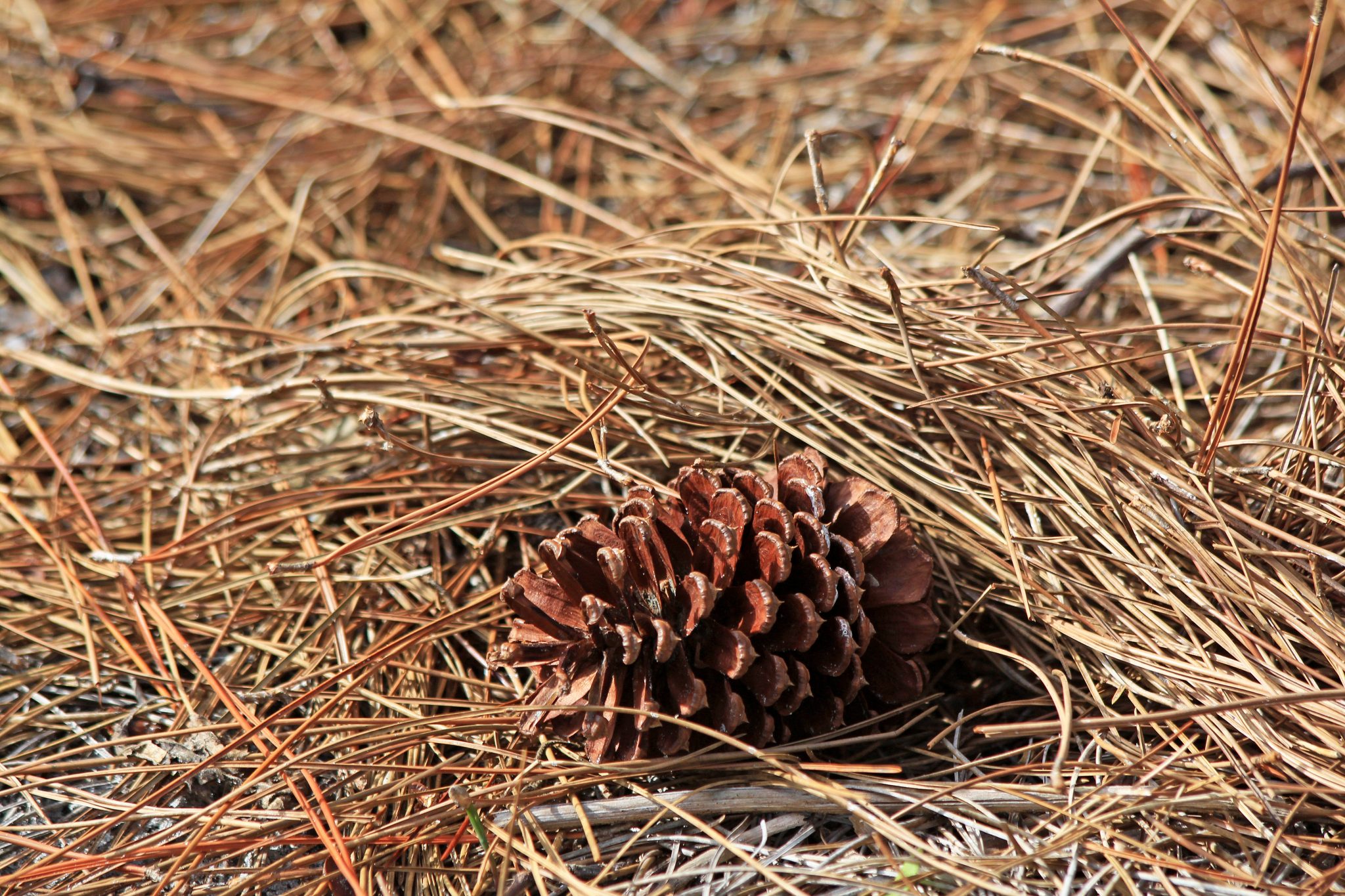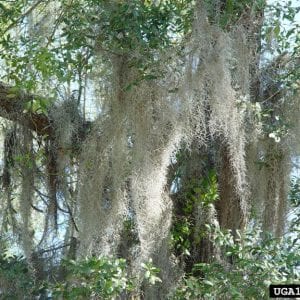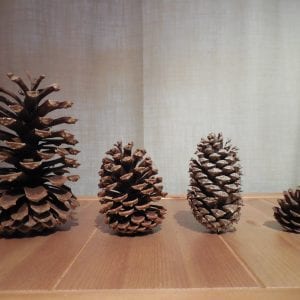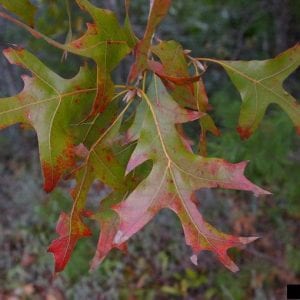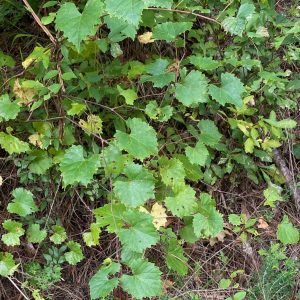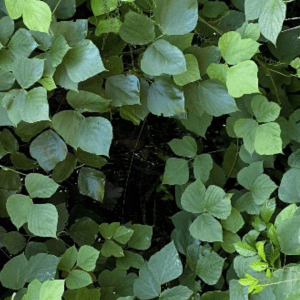Forestry

Nontimber forest products are commonly used in the foliage and floral industries. Management for these products can diversify income opportunities for landowners.
When it comes to responsible forestland management, most people think first of managing for timber to produce paper and lumber products. They may also think of managing for wildlife habitat and water quality. Often overlooked is the responsible management of forests to produce nontimber forest products (NTFPs) such as foliage, cones, mosses, and vines that are used for floral, craft, and home decorations. Sometimes called wildcraft products, a quick search on websites such as Etsy, eBay, Pinterest, and retail and wholesale floral supply companies illustrates that NTFPs contribute substantially to the United States floral industry. In 2016, US floral industry sales were estimated at more than $30 billion. The use of NTFPs is expected to expand as the use of natural products continues to be of interest to consumers.
Products of Interest
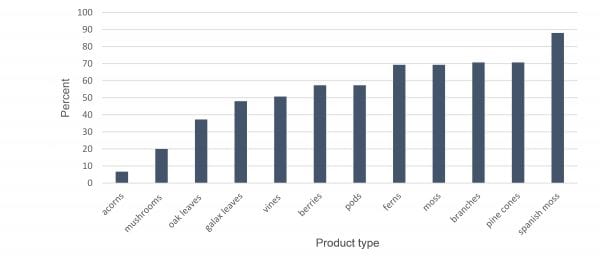
Figure 1. Nontimber forest products reported sold in 2019 (in percent) by floral industry professionals for combined retail and wholesale markets in Alabama, Florida, Georgia, and Mississippi
Many of the products used to make decorative wreaths and baskets or that serve as filler in floral designs are naturally produced in forests of the southeastern United States. For example, in the states of Alabama, Florida, Georgia, and Mississippi, primary products reported as being sold by retail and wholesale floral industry professionals in 2019 were Spanish moss (88 percent) followed by pine cones and branches (each at approximately 71 percent), and moss and ferns (each at approximately 69 percent). Vines were reported as being sold by approximately half of floral industry professionals, and leaves were sold by approximately 37 percent of professionals (figure 1).
While all these products may be responsibly farmed or harvested from forests, the potential for illegal harvests is high. In addition, there is concern that in some cases native habitats may be destroyed because of illegal harvest. The purposeful forest farming of these products can benefit landowners, economic markets, and natural populations. Following is information on the wildcraft products of Spanish moss, cones, branches and leaves, and vines that forest landowners can grow and harvest in an environmentally responsible way.
Spanish Moss
Spanish moss (Tillandsia usneoides) grows readily in forests of the southeastern United States and is used as filler in many types of floral designs. It is not actually a moss but rather is a member of the pineapple family. You may see it hanging in silvery gray clumps on tree branches in the southeastern United States, growing best in areas where winters rarely fall below 60 degrees F and where temperatures are warmer than 70 degrees F in the growing season (figure 2). Spanish moss has no roots but gets water and nutrients from rainfall and dust in the air.
To grow Spanish moss, a landowner only needs to divide larger clumps and place them on tree branches or bark slabs that receive full sun to partial shade much of the day and regular watering through rainfall or misting. Harvesting or thinning should be done when Spanish moss becomes thick, but before it shades out tree leaves or becomes heavy causing tree limbs to break. Use caution when handling fresh Spanish moss because red bugs (Trombicula autumnalis) commonly make it their home. Boiling the plant in water after harvest can help eliminate these pests.
Cones
Of all materials used by floral industry professionals, pine cones may present an opportunity for landowners to enter the NTFP market with relative ease. Pine cones used in wreaths, arrangements, and garlands were reported as being used by more than 75 percent of floral industry professionals, so demand is strong. And, with cones produced by southern pines such as longleaf (Pinus palustris), slash (Pinus elliottii), loblolly (Pinus taeda), and shortleaf (Pinus echinata) selling for $0.50 to $1.00 each, revenue opportunities for landowners seem possible (figure 3). Each year cones are naturally produced by trees and cast to the ground in autumn, so collection can be done with little environmental impact.
When harvesting, look on the ground for fresh, open cones with no signs of rot. Cones should be brown rather than green or gray in color. Plan for collection during dry periods in October, November, and December when cones are fresh.
- Figure 2. Spanish moss. (Photo credit: Wendy VanDyk Evans, Bugwood.org)
- Figure 3. Longleaf, slash, loblolly, and shortleaf pine cones.
- Figure 4. Turkey oak leaves.
Branches and Leaves
Branches and leaves are common in floral designs and were reported to be used by floral industry professionals as often as cones. For example, turkey oak (Quercus laevis) leaves (figure 4) harvested from southeastern US forests may be dried and preserved for use in fall floral arrangements. Getting its name from the turkey foot shape of the leaves, this oak is found from Virginia to southeastern Louisiana on dry woodland sites. Use of frequent, low-severity prescribed fire promotes sprouting and the low growth of these oaks making leaves and branches easy to harvest while also benefiting natural regeneration and management of longleaf pine forests. Other examples of species that may be used in floral arrangements and wreaths include river birch (Betula nigra), maple (Acer spp.), willow (Salix spp.), magnolia (Magnolia spp.), American holly (Ilex opaca), Eastern red cedar (Juniperus virginiana), and any of the southern pines.
Vines
Anyone who has walked in the woods knows that vines are common in forests of the southeastern United States, especially in those areas where prescribed fire has been excluded for some time. While vines can be a nuisance, and in some cases hinder land management, they can be harvested for use in floral designs and in the process improve tree growth and forest health. Greenbriar (Smilax spp.) is often used in wedding flowers, such as bouquets, and to decorate large surfaces like arbors. Muscadine vines (Vitis rotundifolia) are used in the making of wreaths and baskets where prices may range from $10.00 to more than $100.00 based on size and quality (figure 5.). Kudzu (Pueraria spp.) is an invasive vine found in many parts of the Southeast (figure 6). While planting or cultivating kudzu is never recommended, cutting vines to use in making wreaths and baskets and then following up with herbicide treatments in the cut areas can be a way to start to treat and eventually eliminate kudzu on your property. For more information on kudzu control see the Alabama Extension publication “Kudzu Control in Forests, Rights-of-Way & Natural Areas”.
- Figure 5. Muscadine.
- Figure 6. Kudzu.
Quality Considerations
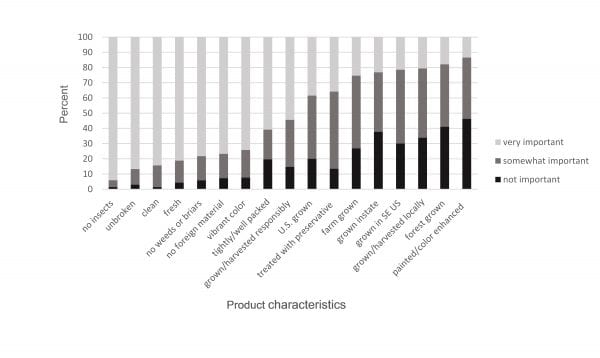
Figure 7. Importance of nontimber forest product characteristics (based on percent response) as reported in 2019 by retail and wholesale floral industry professionals
in Alabama, Florida, Georgia, and Mississippi
Retail and wholesale floral industry professionals feel that it is very important that the NTFP products they sell have no insects (94 percent) and were unbroken and clean (each at almost 79 percent) (figure 7). Just more than 85 percent of respondents felt that “grown/ harvested responsibly” was at least somewhat important. “U.S. grown” was at least somewhat important to approximately 80 percent of those who responded, while grown in the southeastern United States (70 percent) and “grown/harvested locally” (66 percent) were at least somewhat important to more than half of the respondents. Nearly 60 percent of respondents felt that forest grown products were at least somewhat important.
Marketing
Wildcraft NTFPs are niche products in terms of market opportunities. Many of these products are seasonal, whether for availability reasons or marketability reasons. It is critical to find a market and have an understanding of its demand. Specifics about market dynamics and factors that influence such markets for wildcraft products are relatively limited. Market analysis and economic valuation of these products along with comprehensive information on how these products are harvested and traded is lacking. Therefore, established outlets for wildcraft products will likely not be readily available and the producer will need to locate potential buyers and create their own market, highlighting the importance of product diversity for forest landowners interested in starting a wildcraft NTFPs enterprise as well as determining a market outlet in advance. While forest landowners have an opportunity to improve forest management and increase revenue opportunities through wildcraft NTFP management, to be successful, an understanding of the distribution, pricing, and promotion of wildcraft NTFPs is needed.
- Distribution involves how the product enters the market. This could be through direct marketing to consumers or indirectly to wholesale and retail markets.
- Examples of direct markets can include farmers markets, roadside or pop-up stands, locally owned grocery stores, or on the Internet.
- Indirect markets usually consist of larger, established markets, less available for many NTFPs products. These markets typically involve a wholesale buyer or broker purchasing products for a company.
- Indirect markets are more established and often more regulated as some products can only be sold through licensed dealers.
- Pricing is often a challenge for those who sell NTFPs because there is a lack of markets and there is limited to no regulation.
- Promotion of these products is critical, but landowners may lack knowledge of proper marketing strategies. Basic market research such as getting a feel for what products are being bought and sold, visiting with people already in the business, researching information available in trade journals, and talking to professionals familiar with the trade are options to start. Opportunities for marketing on social media and online outlets should also be explored.
Conclusion
Forest landowners interested in producing NTFPs should manage their forestland so they have options to capitalize on forest markets. Markets are unpredictable and providing options allows more flexibility for landowners to achieve their goals. Wildcraft NTFPs offer forest landowners interested in diversifying their forest management additional opportunities to expand the use of natural products from their forestland. Information and standards for these markets are largely unavailable. Landowners should think about what opportunities are suitable for their management plan, long-term goals and objectives, and their lifestyle as well as what can be sustainable from both an ecological and economic viewpoint based on their forestland capabilities and surrounding markets.
Download a PDF of Nontimber Forest Products for Foliage and Floral Industries, ANR-2085.


